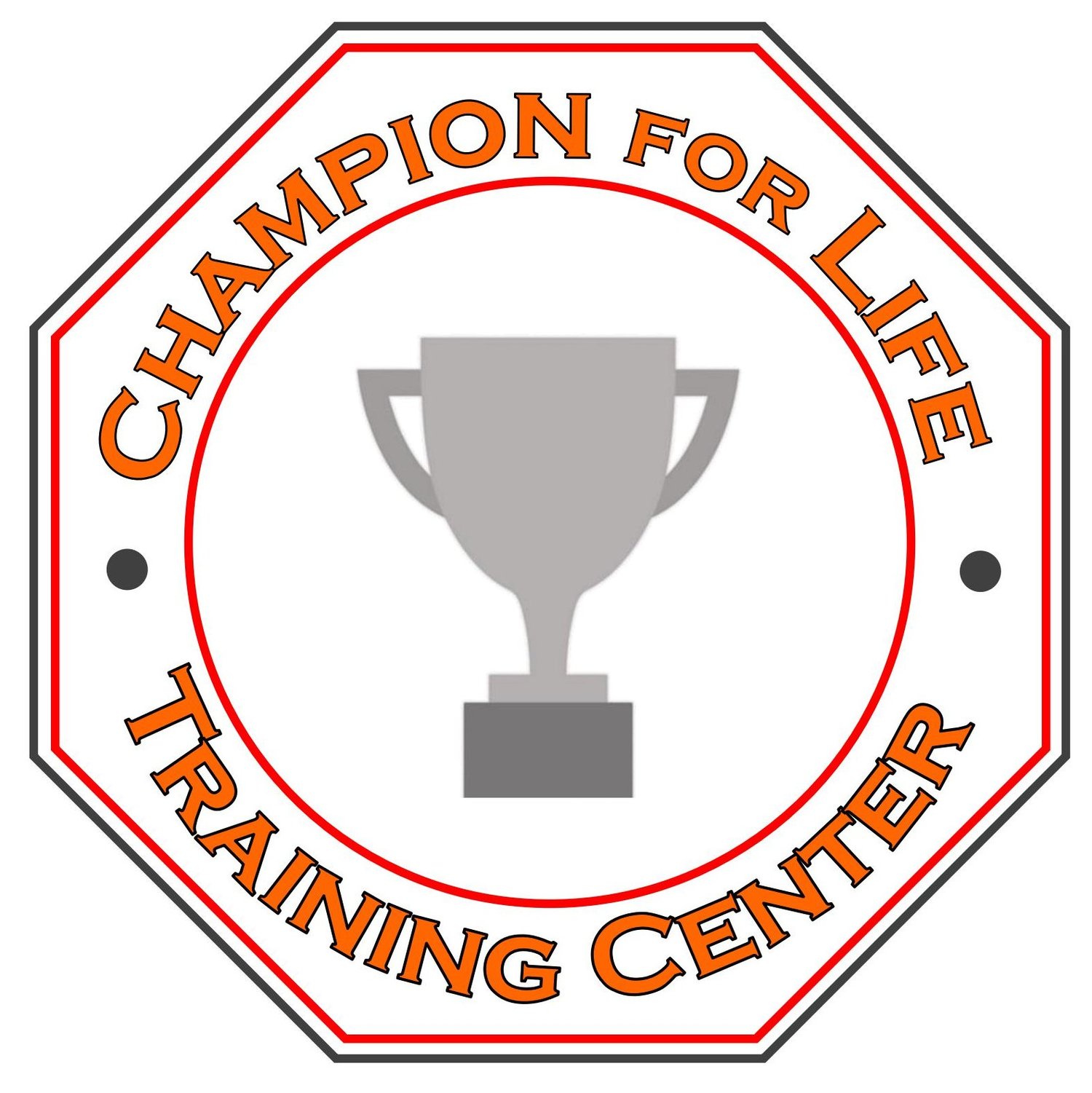How to Adjust Your Diet According to Heart Rate Ranges
Do you track your heart rate during your workouts?
Do you know what heart rate range you should stay in to achieve your goals?
Do you know what types of foods you should be eating to maximize your workouts based off that range?
If you want to maximize your workouts and achieve your goals faster, you need to eat more strategically, but strategic eating means you need to know what type of energy you’re going to burn based off the heart rate range you’re going to be in during your workout.
Why We Need to Know
We need to know what energy is burned at different heart rate ranges so we can put ourselves in the correct heart rate range to match with our training goals.
If you’re between 20-30 years of age, your max heart rate is around 200 bpm. At less than 140 BPM, the main energy source burned is carbohydrates. This range is great for low-intensity, longer workouts and improves lung capacity and cardiovascular endurance. Between 140 and 155 BPM, the main energy source burned is fats. This range is great for weight loss and fat-burning and improves conditioning and muscular endurance. At greater than 155 BPM, the energy burned is both carbohydrates and fats. This range is great for short, high-intensity bursts but is not meant to be maintained.
Keep in mind that these are the energies MOST burned at each range. Energy systems don’t have on-off switches. They just turn on MORE during specific ranges.
Based on what range you plan to be in and the training goals you have, you can use this guide to strategically adjust your diet to maximize your workouts and more quickly achieve your goals.
If you have any questions on how you should adjust your diet or would like help doing so, shoot me a message and I’ll help you get started!
